Can You Tame A New-Build Garden? Common Problems + Solutions

Can You Tame A New-Build Garden? Common Problems + Solutions
For many homeowners, finding a new build home is a dream come true, especially if you are looking for your first family home. New build habitations in the UK are built to the latest standards of comfort, from a fully equipped kitchen to the use of energy-saving materials. Besides, you get as well a warranty on most elements of the house, which means that you won’t need to pay for any repair during the first years. However, it’s not uncommon for new builds to lack a little personality and charm. A bit of interior décor DIY can change the feeling inside the house. But what about your outdoors? As new builds are using former industrial sites, it’s likely that your garden will be a devastated display of brown lawn, mud, and unwanted puddles. Here is how to tame your new-build garden.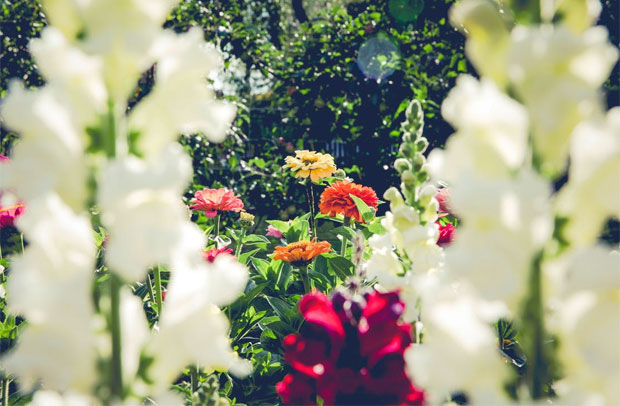
The Many Problems Of A New Build Garden
For a new homeowner who moves in with family in a new build, there is no denying that the garden may not be as satisfactory as the real estate agent’s flyer promoted. A green lawn with flowers? No, all you get is a muddy patch covered in the shrubs left by the building company. If you’re lucky, the shrubs did manage to survive the first year. More often than not they’ve turned brown, dried, and thoroughly dead.
If you were dreaming of enjoying a summer lunch outside with your family, holding a glass of wine in your hand while the kids play in the garden, you probably found yourself reconsidering your dream of a garden. You might have compromised on the outdoor life with the purchase of a BBQ that you use when the weather is warm to grill sausages and vegetables. Then you go back inside to enjoy your meal because the garden lacks in cosiness. However, the state of vegetal devastation in the garden is easier to sort out than you think.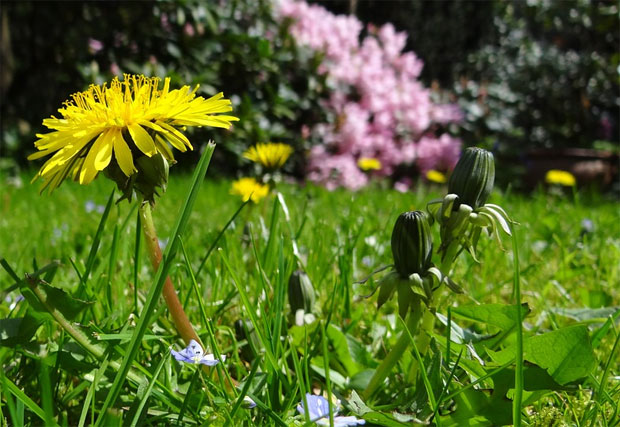
- Nothing Grows In It
A new-build garden is the result of a former industrial site that has been repurposed into an estate. Why do building companies build on industrial site? Because there isn’t any room anywhere else – the green belt remains untouchable. Former industrial sites don’t represent a health risk for your house. But they are responsible for a very compact soil that is full of building garbages and rocks. If you are wondering why the lawn planted by the building agency is covered in brown patches, don’t look any further. It’s likely that the garden is full of stones, bricks, and further elements that would have been part of the building site.
- It is Constantly Flooded
A common issue of new-build gardens is the drainage. On rainy days, you may experience a slight flooding problem – while it doesn’t specifically represent a risk for your house, it means that the garden is constantly flooded and covered in wet mud. Instead of infiltrating the ground as it falls, the rains needs a long time to be drained. This is primarily the result of your garden being the site of a former manufacture, car park, or even office. Every day, hundreds of people, vehicle and machines used to stand on top of your garden. Consequently, the soil is extremely compact and unable to absorb water. Additionally, the presence of building garbage is not exactly facilitating the problem!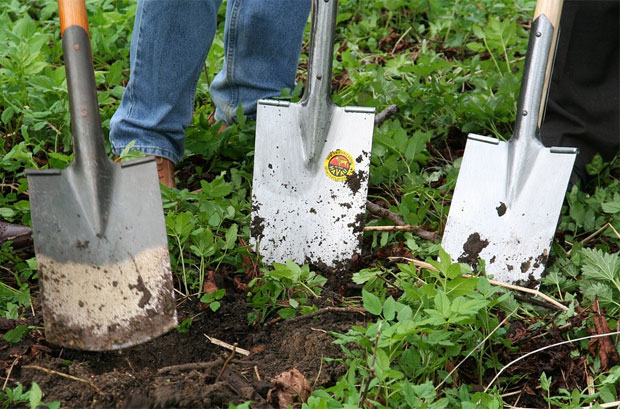
- There Is Only One Way Around It
If you’re experiencing similar issues, there is only one way to sort things out. You need to dig! As a rule of the thumb, you’ll find that the majority of building stones are contained up to half a meter deep in the soil. While this may seem like hard work, in truth, it’s the matter of a day. Make sure to hire a garden skip, so that you can remove all stones, bricks and other material found underneath. This will aerate the soil and give your garden better chances to go green – instead of brown.
- Creating A Real Garden Space
The first step was about preparing your garden for vegetation and landscaping. The main problem with new-build gardens is that they are not yet ready to be repurposed as gardens. Digging the rocks out of the ground will make a great deal of difference! You can now consider options to make the most out of your small new-build garden.
- Consider Your Outdoors Furniture
While new-build gardens are small, there are not too small for outdoors furniture. Nevertheless, you need to be careful about what you are choosing. You will need to pick lasting, quality furniture – head here for more information about luxurious garden sets – that is designed to be welcoming and waterproof. After all, the UK weather is renowned for being wet. So your garden furniture will need to be not only comfortable for a family summer lunch but also suitable for a British summer. Small gardens are best suited for a table and a set of chairs, but you can also pick sun loungers for a tropical touch.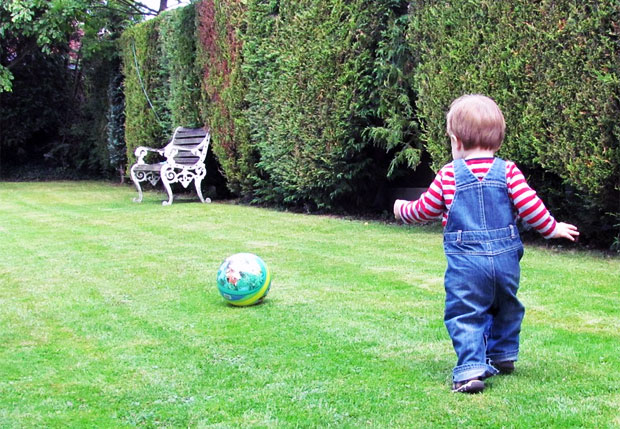
- Attracting The Wildlife
Last, but not least, there is no garden without wildlife. This is probably what you miss the most in a new-build garden. However, don’t despair. You can gradually attract wildlife into your garden. All you need to do is to give it the right structures to bloom. This starts with picking wildlife-friendly plants, such as lavender and rose bushes, that are great to attract bees and butterflies. If you are keen to help bees to move in, you can even look for a bee cube, which is a wooden-made hollowed cube designed to serve as a bee house. It isn’t a hive and doesn’t represent any risk for young children. Instead, it allows bees and other small bugs to find protection in your garden. Additionally, keeping a bird table full of seeds and peanuts is a fantastic welcoming sign for birds. Naturally, you may first spot the odd pigeon, but give it some time. Soon the great tits, the black birds, and the sparrows will join in.
- Pick A Simple To Manage Lawn
If you are looking for solutions to replace the patchy lawn that came with the garden as you bought the house, you may be interested in chamomile lawn. Chamomile lawn requires very little maintenance; you only needs to mow it at the end of the summer after the chamomile flowers have died. But it smells fantastically fresh and clean on a rainy day. Is there any better way to remove all the memories of a muddy and flooded garden?
Check out the infographic by A Green Hand below to see which other types of grass might be suitable for your garden. 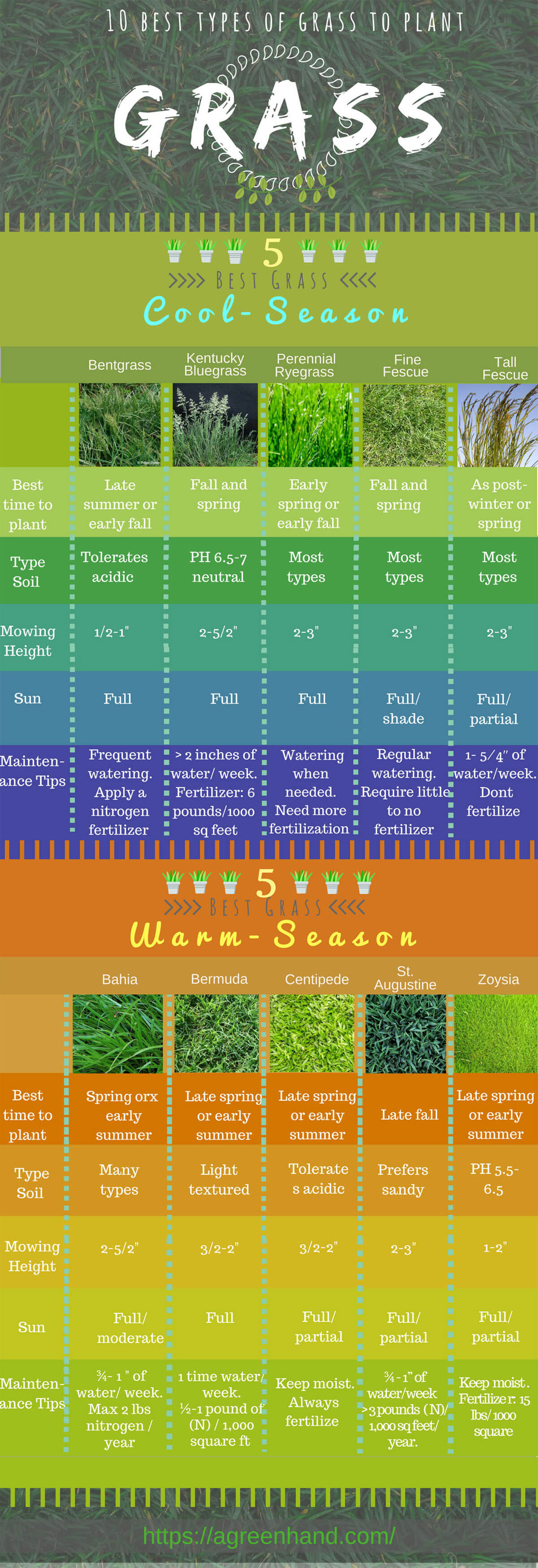
Collaborative Post.





We couldn’t agree more, new build gardens do seem to struggle to grow anything nowadays! Having a good colourful garden space is so much better.